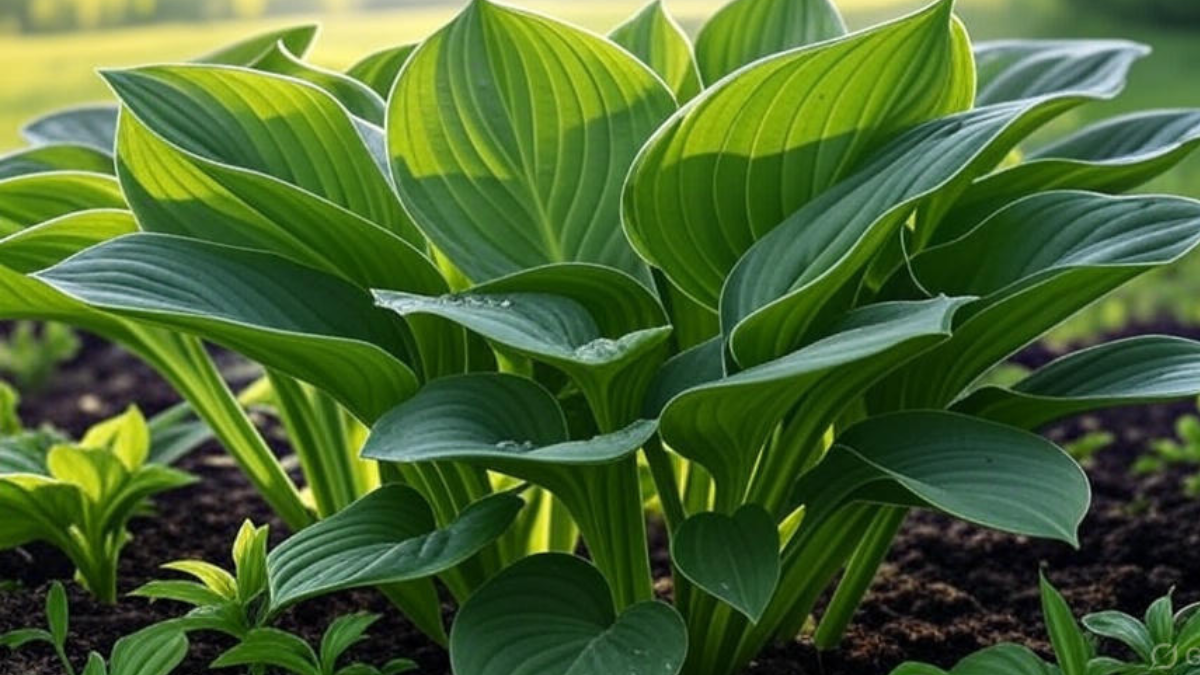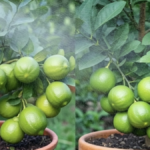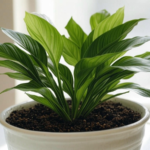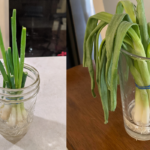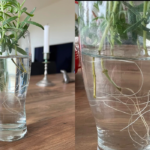How to transplant hostas plant easily and safely? If you want to move your hostas to a new location, this step-by-step guide based on my personal gardening experience will help. Learn how to dig up, divide, and replant hostas using proper soil, watering techniques, and care tips. Whether you’re shifting hostas in spring or fall, indoor or outdoor, this detailed guide will cover everything. From choosing the right time to common mistakes to avoid
I’ve been growing and transplanting hostas in my garden for years. From small pots to shaded garden beds, I’ve moved hostas many times while ensuring they stay healthy and beautiful. In this post, I’ll share my personal experience and step-by-step process in simple, natural language.
IN THIS ARTICLE
What Are Hostas?
Hostas are hardy perennial plants known for their lush, green foliage and shade tolerance. They’re popular in gardens across India and worldwide due to:
- Attractive leaves
- Low maintenance
- Ability to grow in shade
Hostas can grow large and may need transplanting when:
- They outgrow their space
- You want to divide and share them
- You’re redesigning your garden
Quick Tips to How to Transplant Hostas
- Best Time: Early spring or early fall
- Tools Needed: Spade, garden fork, water can, mulch
- Water Hostas Before Transplanting to reduce stress
- Dig Wide Around the Plant to avoid root damage
- Replant Quickly and Water Well
Step-by-Step Guide to Transplant Hostas
Here’s my detailed guide based on experience, written step by step:
1. Choose the Right Time
The best times for transplanting hostas are:
- Early Spring: Before new leaves fully open
- Early Fall: At least 4–6 weeks before first frost
Avoid hot summer days, as hostas may get stressed from heat.
2. Prepare the New Planting Spot
Before digging up the hosta:
- Pick a Shady or Part-Shade Location
- Ensure Well-Draining, Rich Soil
- Dig a Hole Twice as Wide as the Root Ball
Soil Preparation Tips:
- Add compost or organic manure.
- Maintain loose, aerated soil structure.
3. Water the Hosta Plant One Day Before
Water the hosta plant thoroughly one day before transplanting. This helps:
- Loosen the roots
- Reduce transplant shock
- Keep soil attached to roots
4. Dig Up the Hosta Carefully
When ready to dig up:
- Use a spade or garden fork.
- Dig 6–8 inches away from the base to protect roots.
- Gently lift the entire clump from the ground.
If moving a large hosta, you can:
- Divide It Into Sections using a sharp knife or spade.
5. Divide Hostas (Optional Step)
If the hosta is too big:
- Cut through the root ball into 2–4 sections.
- Each section should have leaves, roots, and eyes (growing points).
Why Divide?
- Promotes better growth.
- Prevents overcrowding.
- Helps share plants with others.
6. Replant Hostas in the New Spot
Now, place the hosta (or divided section) into the prepared hole:
- Ensure the crown is at ground level.
- Fill soil around the plant, pressing gently.
- Leave enough space between multiple plants (about 18–24 inches apart for large varieties).
7. Water Thoroughly After Transplanting
Right after planting:
- Water generously to settle the soil and hydrate roots.
- Maintain even moisture for the first few weeks.
8. Add Mulch Around the Plant
For extra protection:
- Add a 2–3 inch layer of mulch (like dry leaves or bark).
- Helps retain moisture and control weeds.
9. Aftercare Tips for Transplanted Hostas
Here are important care points after transplanting:
- Keep soil consistently moist (but not waterlogged).
- Avoid direct, harsh sunlight during the first few weeks.
- Fertilize lightly after 3–4 weeks if needed.
My Gardening Experience Tip:
In my experience, fall transplanting works best in India’s moderate climate—the cooler temperature helps the plant settle without heat stress. Spring works too, but be careful about sudden temperature rise after March–April.
Best Time to Transplant Hostas – Table Format
| Season | Suitable? | Notes |
|---|---|---|
| Spring | Yes | Before full leaf-out |
| Summer | No | High stress, avoid |
| Early Fall | Yes | 4–6 weeks before frost |
| Winter | No | Ground too hard, risky |
Why Transplant Hostas?
- Overcrowding: Hostas grow large and spread.
- Garden Redesign: Moving plants for layout changes.
- Health: Some plants may grow better in a different spot.
- Propagation: Create new plants by dividing larger ones.
Common Mistakes to Avoid While Transplanting Hostas
- Not watering before and after transplanting.
- Planting too deep or too shallow.
- Transplanting during hot summer.
- Forgetting to mulch and protect roots.
Conclusion
How to transplant hostas is not difficult if you follow the right steps. Based on my personal gardening experience, transplanting in early spring or early fall with proper soil preparation, watering, and aftercare ensures healthy, beautiful hosta plants.
If you have hostas that need moving or dividing, I hope this guide helps you confidently handle the process
